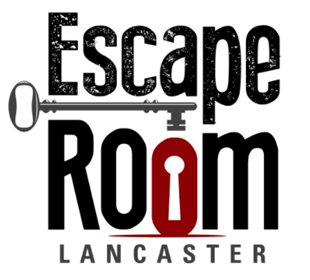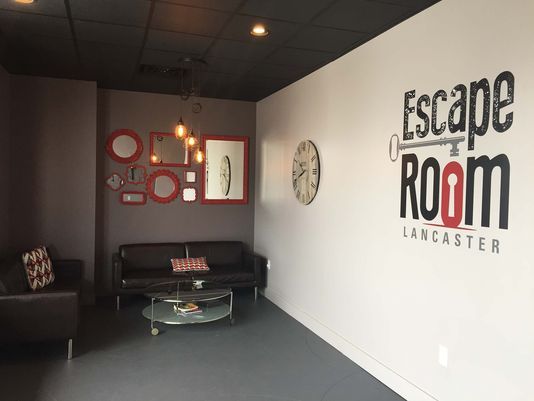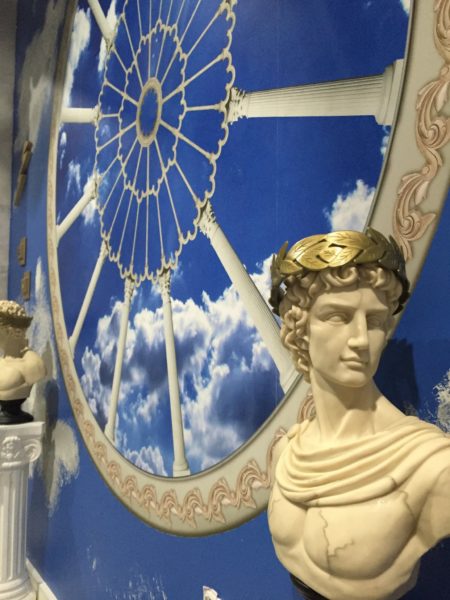RATING: 2 Keys RESULT: Win REMAINING: 0:47
What is this place? The underworld? Seems like the most boring Ancient Greek museum exhibit ever. Are you sure we didn’t make a wrong turn at the river of fire and eternal suffering? Check the map again. I feel like we’ve passed this place like FORTY times.


The fire of Hades waits for you in the Underworld. You may encounter other gods that help or hinder you, but only Zeus can change your fate. Can you find him in time? You have 60 minutes before the fire of Hades will consume the room.
While the given story really wants you to believe that this game is about you outwitting the Greek Gods and ultimately defeating Zeus, the real foe in this room was a peice of paper.
The idea is that along the way, some Gods will give you challenges and you need to solve them to continue with the help of other Gods. In practice, that’s not the way it felt at all. We dismissed the idea of following the story about halfway through, which is told through the use of a single page of text that read like it was from a poorly written Wikipedia article. This implementation made each stage seem like a chore to even find the relevant information for a puzzle, let alone do the puzzle itself.
Not only did the font size and poor printing make it difficult to read, we were given it early on in the journey. This was a problem because it was all the narrative we were offered for the entire experience – meaning we had to go back and reread it each time we reached a new puzzle to make sure we weren’t missing any information because it wasn’t presented in the correct order. AND each reread took three full minutes.
While conceptually, the story supports the puzzles and scenic well, it was so poorly executed in practice that it further detracted from both, rather than accentuating them.

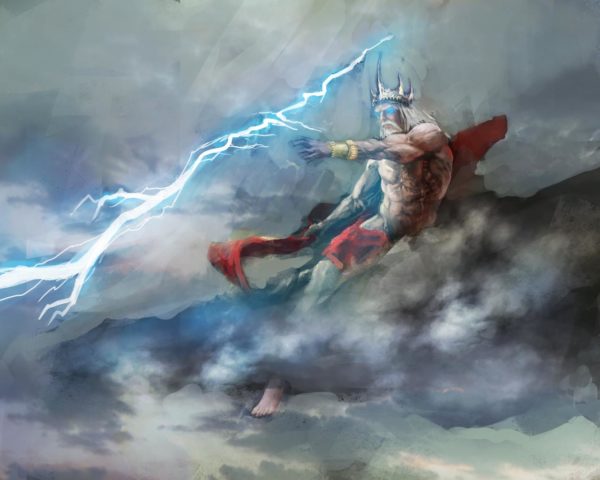 This was the most underwhelming Ancient Greek exhibit ever, or so it seemed. A few busts of Greek sculptures were spread around the room, and a few were given a purpose in the puzzles themselves. The walls were painted with a sky motif with blue paint and puffy white clouds. One of the walls had some sort of pillar wheel. The floor was unremarkable – dark grey with poorly painted white stepping stone shapes. Above us hung, as is tradition with this venue, a drop ceiling.
This was the most underwhelming Ancient Greek exhibit ever, or so it seemed. A few busts of Greek sculptures were spread around the room, and a few were given a purpose in the puzzles themselves. The walls were painted with a sky motif with blue paint and puffy white clouds. One of the walls had some sort of pillar wheel. The floor was unremarkable – dark grey with poorly painted white stepping stone shapes. Above us hung, as is tradition with this venue, a drop ceiling.
The best way to describe the main room was an exhibit about the Ancient Greeks, but one where everything looks fake and cheap. There were a few small touches such as a blood stain leading you to a second room and cleverly arranged props to hide in plain sight information that we’d need later.
The aforementioned second room was small. It was dimly lit. And it was the only place in the entire room that actually felt like the Underworld. The floor was bloodied with bones scattered around. An eerie red light was all we had to illuminate our search.

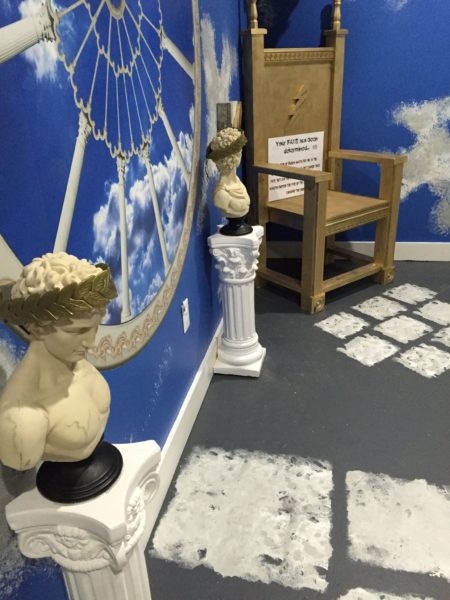 Puzzles are probably Escape From Hades’ best feature, but they’re still lackluster. The game overly relied on finding marked objects, with either numbers or letters, or colors (something this venue does a lot in all of its rooms).
Puzzles are probably Escape From Hades’ best feature, but they’re still lackluster. The game overly relied on finding marked objects, with either numbers or letters, or colors (something this venue does a lot in all of its rooms).
Escape Room Lancaster did a good job at implementing puzzle elements directly into its props and features, and often had either puzzle elements or solutions in plain sight, only revealing themselves when you deciphered their location.
This room had a problem with flow, however. The puzzles didn’t connect cleanly into one another. Rather, it seemed they were bashed into each other repeatedly until their bent and mangled pieces fit together like a square peg in a round hole. The main cause of this is the structure and presentation of the story, but is also sometimes caused by the design of the puzzles themselves.
It seemed we did a lot of stopping and starting, like we were stuck in traffic. We would slowly start solving puzzles at a good pace until … BAM. Roadblock. We’d come a screeching halt only to start the process over again.
This can be perfectly exemplified by the last puzzle in the game. I wanted to write more specifically about this puzzle, but as bad as it was, I still didn’t want to spoil it. Generally though, I can say that we knew we were coming to a conclusion. This was the end of the game and we knew it. Things crept up to an almost exhilarating pace and … it all came to a complete stop as we were forced to desperately reread the long sheet we found at the beginning of the game over and over again searching for the answer (as a clue directed us to do). We spent more than 15 minutes on the last puzzle that was clearly meant to take thirty seconds. This wasn’t the “difficult but fair” variety either. This solution didn’t match what was in the text of the story, or the text of the two clues we wasted on it.

I really wanted to like this game. Greek Gods competing for your favor by helping you, while others trying to outdo each other by confounding you in their attempt to help Zeus was a great concept. A few of puzzles were even quite good. The scenic of the second room was great, even if it was tiny.
But the execution just wasn’t there to bring all the elements into a cohesive experience. For now though, it remains a game I will remember forever for having worst the final puzzle in any room I’ve personally played.
Show your support for Escape Authority and get social with us:

Venue: Escape Room Lancaster
Location: Lancaster, PA
Number of Games: 3
GAME SPECIFIC INFORMATION:
Duration: 60 minutes
Capacity: 8 people
Group Type:Public / You may be paired with strangers.
Cost: $24 per person











